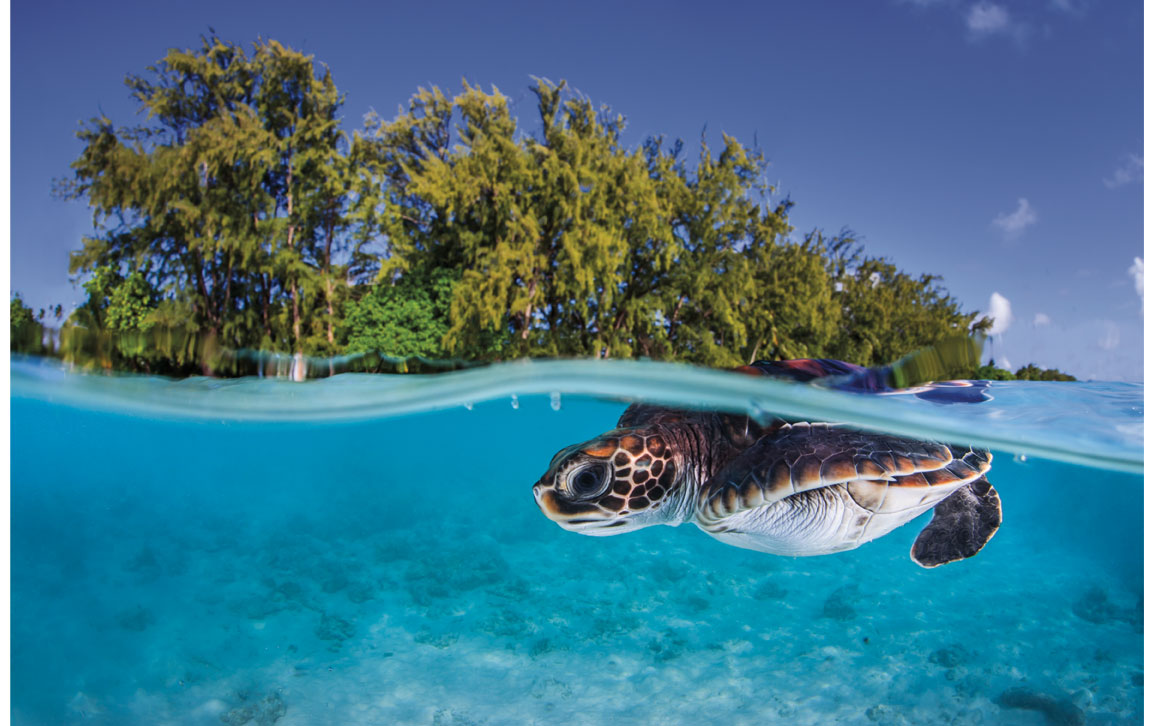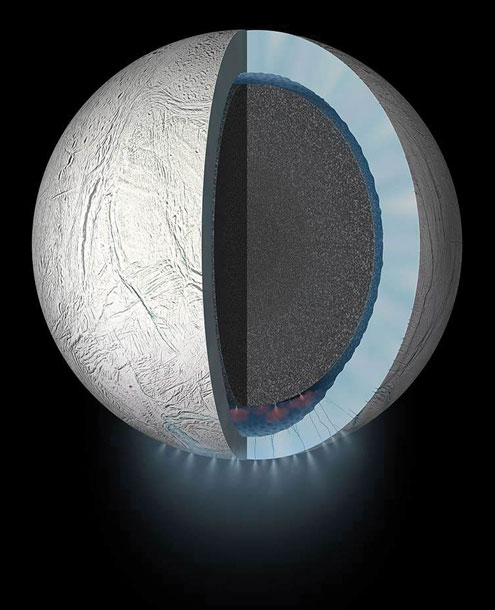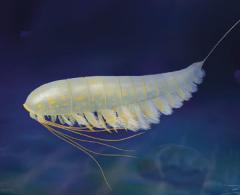
This Article From Issue
May-June 2025
Volume 113, Number 3
Page 141
In this roundup, associate editor Nicholas Gerbis summarizes notable recent developments in scientific research, selected from reports compiled in the free electronic newsletter Sigma Xi SmartBrief.
Brain of Glass
The 79 CE eruption of Mount Vesuvius transformed the brain of one of its thousands of human victims into glass, retaining some of its neurons, axons, and other neural structures. The unique brain vitrification of the 20-year-old male in Herculaneum required high heat and rapid cooling conditions different from those previously inferred from volcanic deposits. Scientists at Roma Tre University in Rome suggest a hotter, briefer, and less substantial pyroclastic flow must have passed through the ancient Roman town earlier in the eruption, making the victim’s surroundings hot enough to disorder his brain’s crystalline structure, but not so hot that outgassing or other thermal forces would destroy it. The organ then had time to cool rapidly before the arrival of the heavier flows that famously preserved so many bodies in Herculaneum and Pompeii. The researchers’ experiments show the necessary temperature topped 510 degrees Celsius—far hotter than the 315 to 465 degrees estimated by past studies of Vesuvius deposits.
Giordano, G., et al. 2025. Unique formation of organic glass from a human brain in the Vesuvius eruption of 79 CE. Scientific Reports 15:5955.
Tracking Sea Turtles’ Lost Years

Jordi Chias/NaturePL/Science Source
A landmark study of sea turtles suggests they are more active during their juvenile years than once thought. Using tiny solar-powered satellite tags, scientists tracked 79 green turtles (Chelonia mydas), 26 Kemp’s ridleys (Lepidochelys kempii), 5 loggerheads (Caretta caretta), and 4 hawksbills (Eretmochelys imbricata) during these “lost years,” when sea turtles are difficult to observe. Findings by the team led by University of Central Florida researchers could affect conservation of the four threatened species amid human impacts, climate change, and pollution events by giving a fuller picture of rookeries and sea routes in need of protection, and of the potential effects of altered hurricane patterns on algal food sources. During their initial “oceanic stage,” hatchlings were once thought to spend all their time drifting in protective and productive brown algae mats. Then, during their “neritic stage,” juveniles were thought to permanently relocate to forage in the shallows near shore. But new studies show oceanic-stage turtles transiting to neritic environments and suggest they don’t just drift, they swim. Also, rather than moving solely from one stage to the next, some turtles double back to revisit old haunts. In light of this more nuanced ecology, the authors argue for calling the “oceanic stage” the “dispersal stage” instead.
Phillips, K. F., N. F. Putman, and K. L. Mansfield. 2025. New insights on sea turtle behavior during the “lost years.” Proceedings of the Royal Society B 292:20242367.
Poking Holes in Peto’s Paradox
After almost 50 years, scientists have disproved Peto’s paradox: the notion that bigger animals don’t have higher cancer risks, even though logic suggests they should. Larger animals have more cells and cell divisions, which ought to create more opportunities for errors, mutations, and cancers. Yet in 1977, epidemiologist Richard Peto noted that, cell for cell, humans have a much smaller cancer risk than mice. Now researchers from Johns Hopkins School of Medicine, and from the University of Reading and University College London in the United Kingdom, have demonstrated that cancer is, in fact, more prevalent in larger species. Their results held true for all four major classes studied—amphibians, birds, mammals, and squamate reptiles (lizards and snakes). One of the most vexing ideas in comparative biology was resolved through access to larger datasets, statistical methods comparing numerous variables (such as age, lifespan, size, and mass), and improved modeling methods. So why aren’t blue whales dropping dead from cancer? Researchers also found that larger species are often more likely to evolve anticancer adaptations.
Butler, G., J. Baker, S. R. Amend, K. J. Pienta, and C. Venditti. 2025. No evidence for Peto’s paradox in terrestrial vertebrates. Proceedings of the National Academy of Sciences of the U.S.A. 122:e2422861122.
Enceladus’s Mushy Geysers

NASA/JPL-Caltech
Saturn’s moon Enceladus hides a global ocean beneath its icy shell and fires geysers hundreds of kilometers high from surface fractures. But instead of drawing from the subsurface ocean, as is commonly thought, the plumes might stem from melt pockets nearer the surface, driven by frictional heating and by Saturn’s tidal forces. If true, then samples taken from the geysers by the Cassini spacecraft in 2008 might differ from the subsurface ocean in composition, which could hinder scientists’ assessments of whether Enceladus or other icy moons—notably Jupiter’s Europa—might support life. The oceanic plume hypothesis stems in part from the fact that the geysers contain dissolved salts and dust that could originate only from the subsurface ocean, and molecular hydrogen, which implies an interaction between water and a rocky seafloor. But models suggest that fracturing 6 kilometers of ice to reach the ocean would take larger forces than are available, and that such fissures would close within less than a year. The new model by the team led by Dartmouth College researchers suggests the surface might hold many of the materials detected in the Cassini flyby, retained either from Enceladus’s formative years or in pockets that once received water from the ocean. In this mushy ice model, the lower melting point created by salt in the surface ice, combined with frictional heating, would cause melting inside the shell, resulting in plumes that match observed eruption rates and patterns.
Meyer, C. R., et al. 2025. A potential mushy source for the geysers of Enceladus and other icy satellites. Geophysical Research Letters 52:e2024GL111929.

American Scientist Comments and Discussion
To discuss our articles or comment on them, please share them and tag American Scientist on social media platforms. Here are links to our profiles on Twitter, Facebook, and LinkedIn.
If we re-share your post, we will moderate comments/discussion following our comments policy.